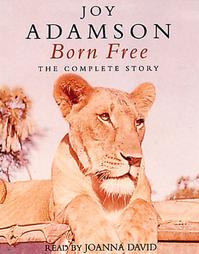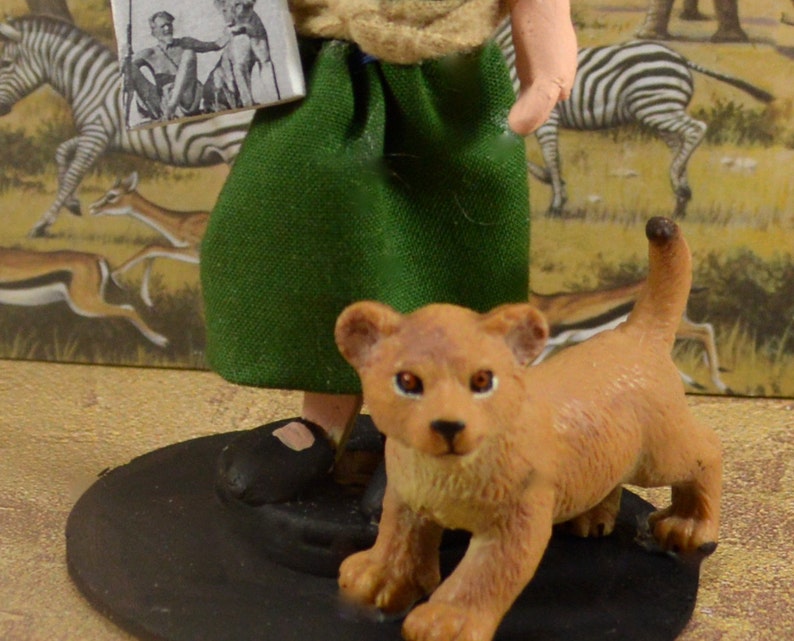


He later moved to the East African nation and joined its game department in 1938.

The government stopped the practice in 1980 after a mauling incident in Kora.Īdamson, whose shoulder-length hair and goatee gave him a lion-like appearance, kept a modest camp in Kora and lived off a pension, interest from a trust fund set up by his wife and donations from supporters.Īdamson was born in India in 1906 and first visited Kenya in 1924. That book and its sequels, “Living Free” and “Forever Free,” described the Adamsons’ unique and controversial practice of taking lions born in captivity and teaching them to survive on their own before freeing them. One, which they named Elsa, became the central character of “Born Free.” Adamson served as technical director for a film adaptation. Fifty years ago Joy Adamson first introduced to the world the story of her. In 1956, her husband brought home three motherless lion cubs. Read Born Free The Story of Elsa by Joy Adamson available from Rakuten Kobo. In 1960, Joy Adamson first introduced to the world the story of her life alongside Elsa - the lioness she had rescued as an orphaned cub and raised to adulthood at her home in Kenya. Adamson refused any additional protection, however, and did not want to be removed from Kora, where he felt well protected by his 16 lions and more than half a dozen assistants, Leakey said.Īdamson was game warden of Kenya’s northern Frontier District in 1944 when he married Joy, an Austrian-born artist whose books later thrust him into fame.Īfter living apart from her husband, Joy moved to the game reserve in the late 1960s to work with leopards. The classic story of Elsa the lioness and Joy Adamson, the woman who cared for her.


 0 kommentar(er)
0 kommentar(er)
